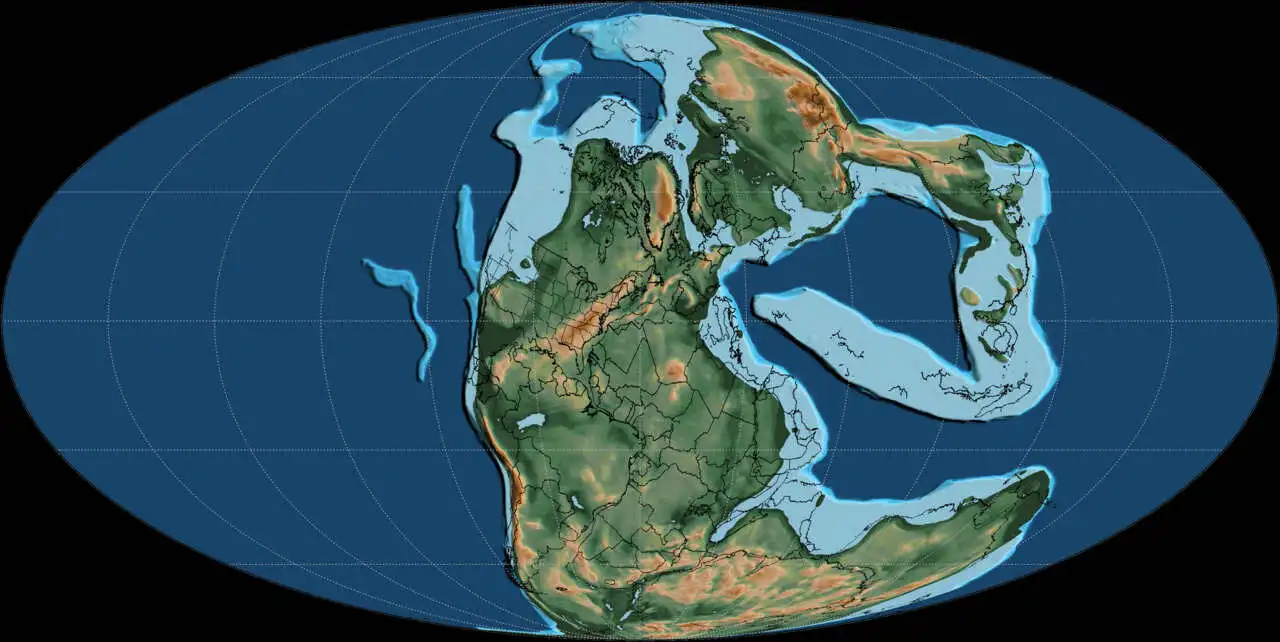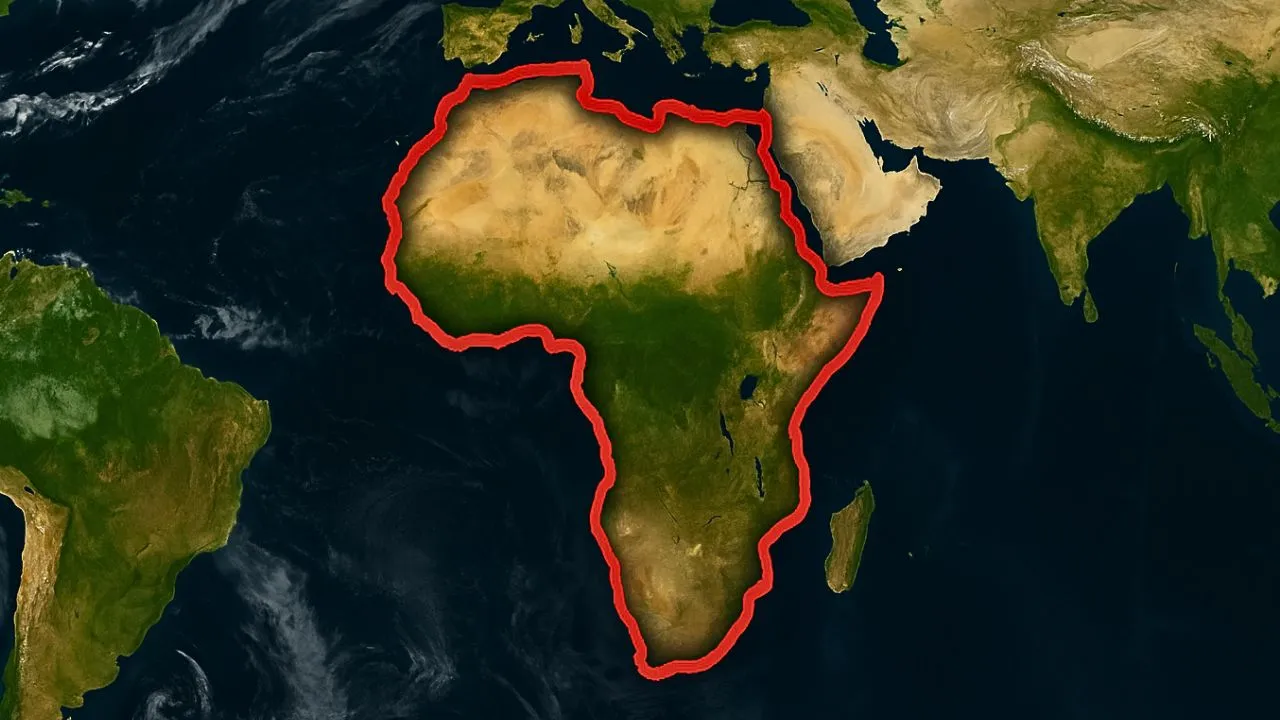| Summary |
|
Africa is currently undergoing a process that will gradually split the continent into two parts. This phenomenon is occurring as a result of tectonic activity within the African rift system.
The African rift system stretches from the Afar region in Ethiopia down through Mozambique. Some of Africa’s deepest lakes, like Lake Tanganyika and Lake Malawi, formed as the ground dropped over time due to tectonic movement along this rift system.

The two primary plates in this region are the Nubian Plate and the Somali Plate. As these plates pull apart, the land in between is cracking, sinking, and shaking. One example is the large crack that suddenly appeared in Kenya in 2018, grabbing headlines and raising public interest.
If the rifting continues, water from the Red Sea and Indian Ocean could rush in and fill the gap. A new ocean could form, and the eastern part of Africa could drift away, becoming a new continent. However, this process is considerably slow and will take millions of years. According to a recent study, the tectonic plates are diverging about 6 to 7 mm per year.
But will Africa break into two? Yes, this is possible; millions of years ago, all the continents were one piece of land termed Pangaea (the supercontinent of all the Earth’s landmass that existed about 250 million years ago) by scientist Alfred Wegener in the early 20th century.

How did the Pangaea supercontinent split? The continents rest on massive slabs of rock called tectonic plates, and these plates are always moving and interacting in a process called plate tectonics. This movement led to the separation of Pangaea and the formation of the seven continents we recognize today.
Researchers are using GPS, satellite tracking, and earthquake data to study the phenomenon of tectonic plate separation along the African continent and its impact on the people living in this region. This shows us that Earth is continuously changing, and new landforms are still being shaped under our feet.

